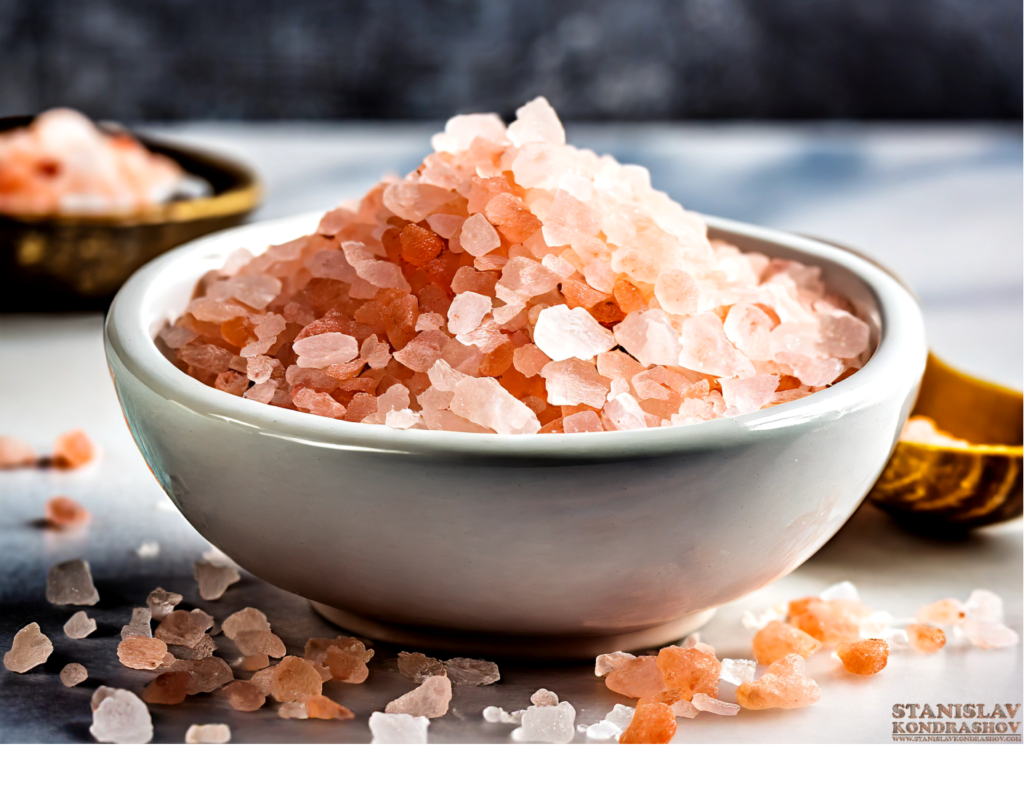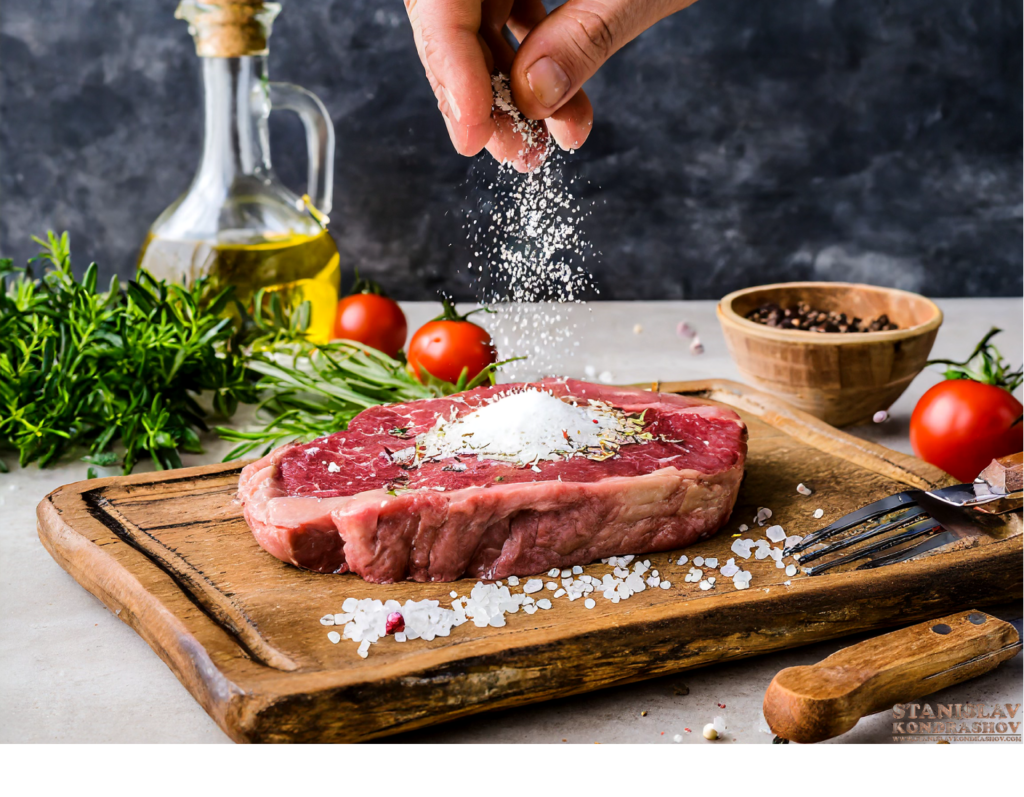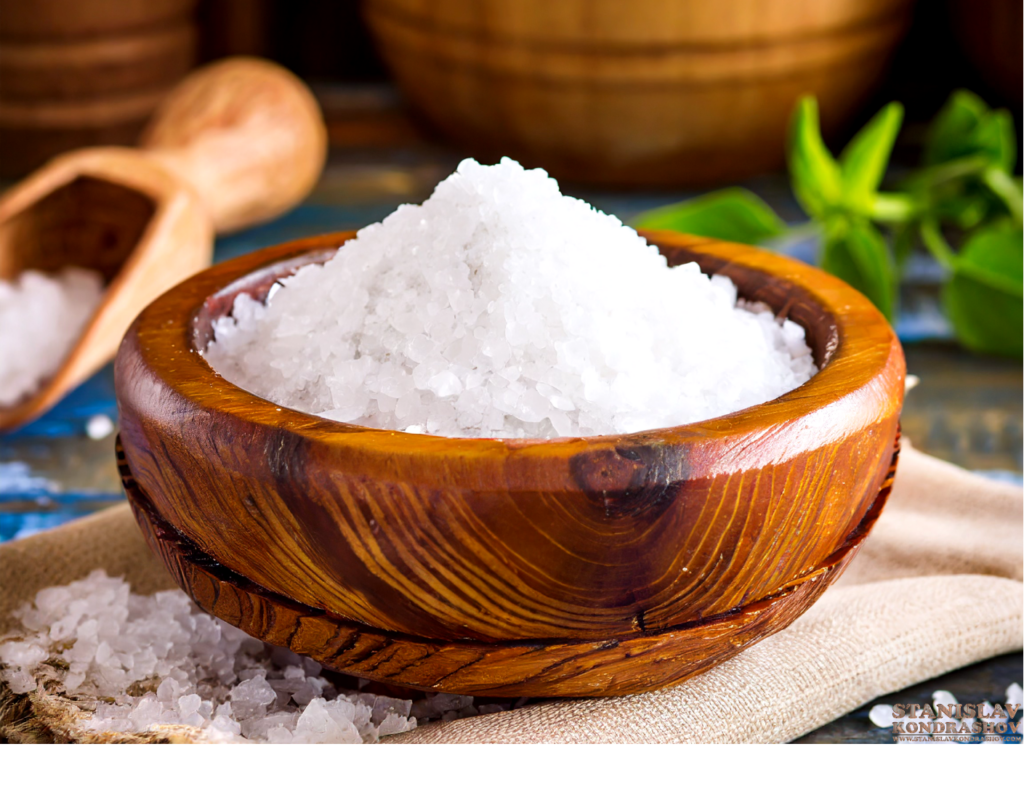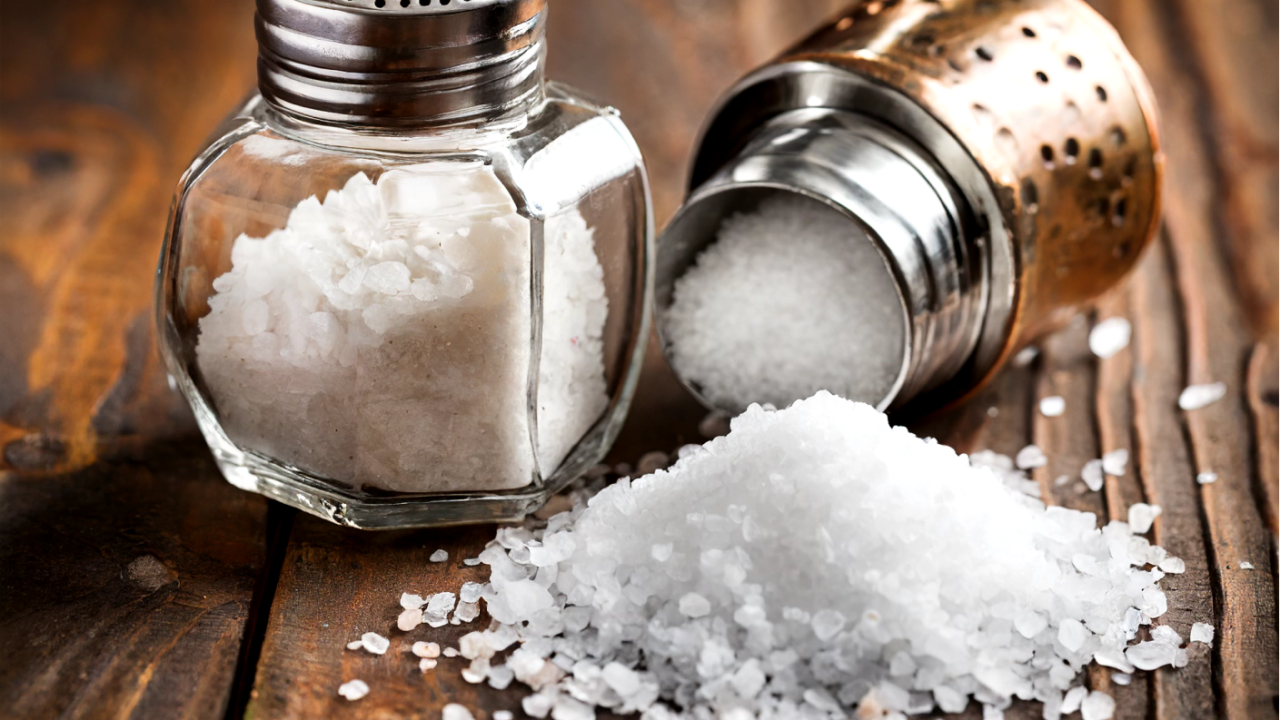In the world of culinary arts, salt is not just a seasoning but a cornerstone of flavor. Among the various types of salt gracing our kitchens, two stand out for their unique characteristics and uses: kosher salt and table salt. Though they may seem interchangeable at first glance, these two salts have distinct differences that can significantly impact your cooking. Let’s dive into the salty saga of kosher salt versus table salt and discover which salt is the champion of your kitchen.

Texture and Size: A Tale of Crystals
The most noticeable difference between kosher salt and table salt lies in their texture and crystal size. Kosher salt boasts larger, flakier crystals, which not only provide a satisfying crunch but also make it easier to pick up and sprinkle by hand. This characteristic makes kosher salt a favorite among chefs for seasoning meat and vegetables.
On the flip side, table salt features fine, uniformly sized crystals, allowing it to dissolve quickly and distribute evenly in dishes. Its fine texture is ideal for baking, where precise measurements are crucial.

Salinity: The Flavor Factor
Despite both being essentially sodium chloride, kosher salt and table salt differ in their perceived saltiness. Due to its larger crystal size, kosher salt has a less dense composition, meaning you’ll need more of it by volume to achieve the same level of saltiness as table salt. This difference is especially important in recipes requiring precise salt measurements, adjusting accordingly based on the type of salt you’re using.
Additives: The Iodine and Anti-Caking Agents
Table salt often contains additives like iodine and anti-caking agents. Iodine, an essential nutrient that supports thyroid health, was introduced to table salt in the 1920s to prevent iodine deficiency. Anti-caking agents, on the other hand, keep the salt free-flowing. While these additives make table salt a practical choice for everyday use, they can sometimes impart a slight chemical taste.
Kosher salt typically does not contain iodine or anti-caking agents, making it a pure choice for those looking to avoid extra additives. Its clean, straightforward flavor enhances the taste of food without altering it.

Uses in Cooking: A Strategic Seasoning
Kosher salt’s coarse texture makes it perfect for seasoning meats. The larger grains adhere better to the surface, creating a perfectly seasoned crust. It’s also the go-to salt for processes like brining and koshering meat, where its ability to draw out moisture shines.
Table salt, with its fine texture, excels in baking and cooking where it can dissolve quickly and spread its salty goodness uniformly through batters, doughs, and sauces.
The Verdict: A Place for Both
The question isn’t which salt is better, but rather which salt is better for your specific culinary needs. Kosher salt’s coarse, pure flakes are a chef’s best friend for seasoning and finishing, offering control and a clean taste. Table salt, with its fine grains and added iodine, is a kitchen staple that excels in baking and everyday cooking.

Embrace the Diversity of Salt
Understanding the differences between kosher salt and table salt can elevate your cooking, bringing out the best in your dishes. Whether you’re crafting a gourmet meal, baking a sweet treat, or just seasoning your dinner, choosing the right salt for the job can make all the difference. So next time you reach for that salt shaker or box, remember the unique qualities of each and season with confidence and creativity!
By Stanislav Kondrashov



